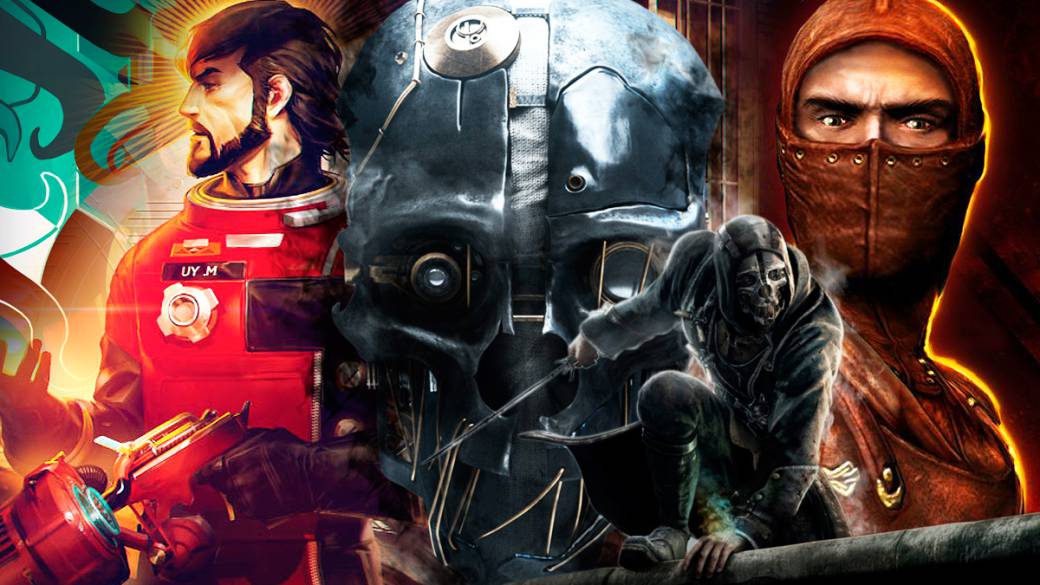
The company that created works like the Dishonored saga or the last Prey has lived through everything for two decades until becoming what it is today.
Arkane Studios was born 20 years ago as a small, vocational project focused on doing something different. They were some of the hallmarks of the studio created by Raphael Colantonio, who had the dream of being able to pay homage to some of the great classics with which they were marked throughout their history. That meant looking at proposals like Deus Ex, Ultima World, System Shock and many other cult games. Well-known for Dishonored, a game that took multiple GOTY awards, or for the complete rethinking of a brand like Prey, there is a long history behind Arkane Studios prior to its alliance with Bethesda and that a documentary has brought to light with details of their own protagonists. 20 years go a long way. For commercial failures, for canceled jobs with Steven Spierlberg, for trying your luck in the Half-Life saga, and for, saying you want to do something totally different from Call of Duty, savor massive success once and for all. This is his story.
It all starts with Arx Fatalis, a first-person RPG for PC and Xbox One that takes place in a fortress and underground dungeons, in first-person and with different elements of action that were beginning to define what Arkane Studios wanted to develop with its own signs of identity. Games that despite moving away from the third person, wanted to offer a different interaction and situations than classic shooting shooters. Stealth, magic and decision-making began to define a study that, in the words of its founder, “we did not worry about whether we were going to make money or not (…) we were too naive, intelligent, of course we were , but above all naive ".

The title had a non-linear development and what they called an “emerging gameplay”. Mimbres to stand out and differentiate themselves with a formula not so usual when it came out, but that was a total commercial failure. Imagined as a kind of spiritual successor to Ultima World, there was never a sequel to something so simple as that after a failure like the first part, it was not sensible to think about it. But years later, in 2006, Arkane Studios took over their second major project: Dark Messiah of Might and Magic.
It was also a first-person game, but role-playing, only the fantastic atmosphere remained and the action was embraced as a common thread, although with its own personality, with a combat based on physics and in which we could freely combine facets of warrior, thief or magician with the one to take off choreographies that could be spectacular. It was also the first time that they worked with Source, something that would open the doors to other failed later projects. Rosa Dachtler, narrative designer in Lyon, the team's first studio (the second one was founded in Austin, precisely because of the fact that Colantonio was a fan of Ultimate and Deus Ex, forged there), recalls the interest that the game aroused in its mechanics: “ Interaction was key; you could throw kicks, a fireball that you could guide, and you could throw enemies on top of spikes, in fire, outside buildings. There was no game that would allow me to do that that way. Yes, shooting at enemies is fun but not as much as having physical effects on what is happening to your enemy. "
For her, the key to the game is that it was strange, but she felt “wonderful” because of the physics we interacted with. And surely with these words he began to define the will of Arkane Studio in his career to develop video games: more cerebral, more playful and more fun. One of the keys to the game is the fact that it kept the user from having more or less ability to aim, but rather allowed you to be smart in your decision-making as long as you knew how to use the environment as an advantage. It sounds to you from its recent titles, right?
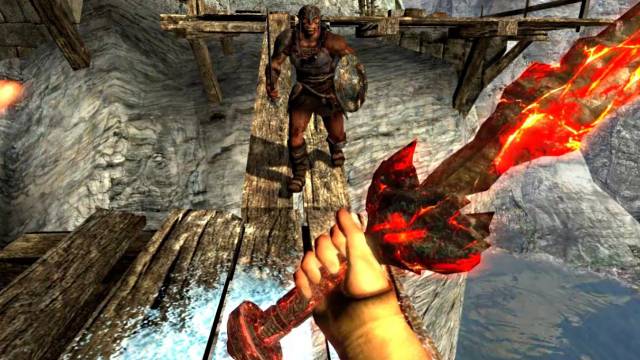
Three promising projects, three canceled projects
Dishonored, Prey and Dishonored 2 are on everyone's mind today when Arkane Studios is mentioned. And more if we consider that the temporal gap between Dark Messiah and the first game starring Corvo is important. But the study, far from being stopped and without an office of profit, had in its hands the most promising projects that did not come to fruition for different reasons. It was during the time of Harvey Smith's entry, a dream signing for someone like Colantonio, since he had worked in System Shock, Ultima VIII or Deus Ex.
His arrival was involved with the development of those three promising projects that did not come to fruition. The first of them was The Crossing. The idea in the mid-2000s to create an asymmetric multiplayer game -something that is taking shape today- but from a different point of view than what we knew. The proposal was to be able to play the campaign and at certain times, be invaded by other players of a similar level to yours to control the enemy AI and create a different challenge. The title offered even more elements of interest, since this asymmetric gameplay with one player on one side and three or four on the other was amplified by the two realities present in the game universe: on the one hand, a huge world recreated with a gothic style; on the other, a more modern world with firearms and recognizable elements.
How could it be otherwise, in The Crossing it was played again with the physics and mechanics that differed from the classic plans and levels of an FPS, such as the hook that allowed all players a wide range of possibilities.

Despite the promising nature of the project, the relationship and dealings with the publisher were not as desired, they decided to throw it away. A few days after signing, Colantonio says in the documentary, the proposal to work with Spielberg in a video game came, and they decided to scrap The Crossing before signing an agreement with an investment below what was necessary, with conditions far from what they expected. and a game that had changed too much from its initial idea. "It would have been the kiss of death," says the founder.
Unfortunately for them, the LMNO project with Spielberg didn't end much better either. They had the script and the director wanted, in addition to a movie, to make a video game. A plot in which we had to remove a person from prison who turned out to be an alien who had been guarded in an FBI laboratory. Once safe, he began a long journey very Spielberg with this mysterious entity called Eve, from coast to coast in the United States.
The job of Arkane Studios was to create a level at a gas station and the game was part of the trilogy of titles that Spielberg had agreed with EA, but everything ended up truncated. It all ended in borage water at an early point in development, but that didn't stop what they created from being of interest: the relationship with Eve changed what was happening in the game, and their expressions and animations were highly advanced for the time. The character had the ability to evolve, explore, pay attention, or learn to fight hand-to-hand.
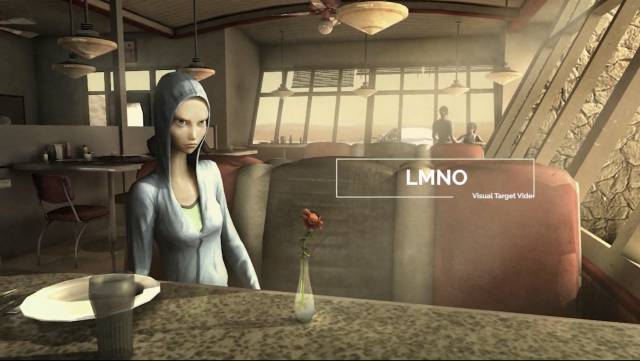
Again, some of the company's hallmarks were reflected in a first-person game but without shootings, with the difficulty of working in a melee combat that was not as prevalent as it can be today. But one day Colantonio received a call announcing that the project was canceled. Another blow for the company.
And there was a call from Valve, which at the time was trying its luck with various companies, such as Warren Spector's Junction Point, to develop new episodes or a Half-Life spin-off. And those of Gabe Newell took over the services of Arkane Studios to try to develop their own chapter. Under the code name of Ravenholm, and with a magnetic pistol that was first conceived by Spector but became a reality with Arkane, the studio wanted to develop a new way of interacting with the environment by differentiating itself from the gravity pistol but at the same time, offering also multiple game options.
Shoot spheres, magnetize objects, play with electricity as we've seen recently in Breath of the Wild, making remote connections with all kinds of materials and passing the current not only to open gates and devices, but also to generate deadly traps for zombies , and all this in a game that Arkane Studios posed as a spin-off with its own identity. The title was in an alpha phase, and in their studio they have a space where you can play and test various weapons, enemies like acid-spitting zombies and much more. When they learned that Valve was stopping the project, they tried to keep it alive by sending all the material they had created. "We thought that what we presented to them could have continuity, but they decided that there would not be," they lament. Colantonio admits in the documentary that he believes that the team in France, in charge of the project, “never accepted the end of Ravenholm” and considers that Valve, after investing a lot of money in something that should be exalted, surely did not see clearly having to continue with the project because it would be too late to invest another year with the same amount of money already spent.
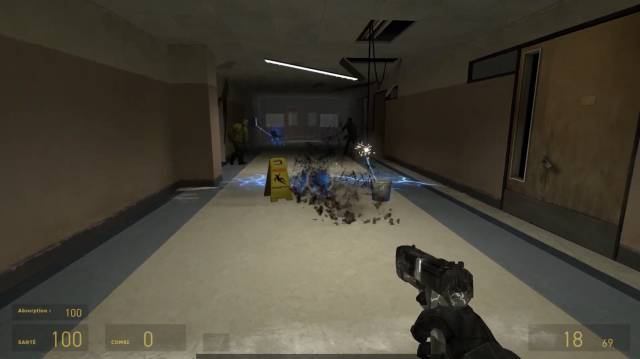
The great leap: Bethesda and Dishonored's pitch
It is not always possible to succeed the first time, and many times the failures that precede success are uncountable. Arkane Studios worked on the development of Bioshock 2, doing six of the levels, taking care of the Big and Little Sisters animations, the overall architecture of the game and much more, but it was a shared participation with other studios. The big jump would come with Bethesda when they proposed to present game concepts that fit their style. There the idea of Dishonored was born, a stealth game but set in Japan.
Colantonio saw the light: “Bethesda wanted to invest like no one else had, and wanted to give us enough time to create the kind of complex game we wanted. Also, it allowed us to focus on game design again, ”something that Colantonio had neglected. This is how Dishonored began to forge, relocating to a Victorian London with a world capable of transformation and a gameplay that wanted to adapt to everything they had learned in the past, such as LMNO's non-lethal combat. And they started to launch ideas that became reality. Rat pests. Then be able to own NPC. And then … why not possess the rats? Thus they were creating mechanics, player possibilities and offering a much greater variety of situations.
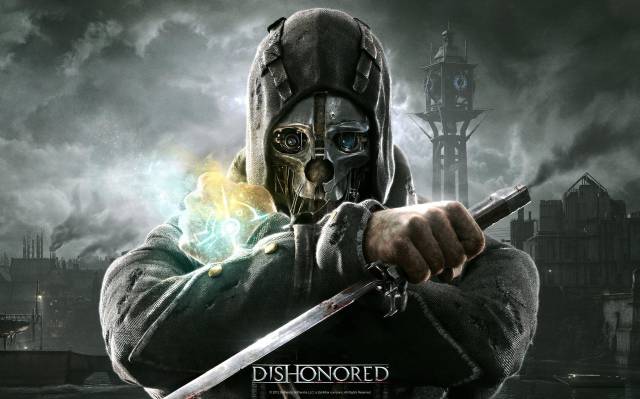
One of them is the ability to pass the game without killing anyone, something that was a challenge to try to do it with those key objectives of the title. Or how to combine the fact that the player does not kill anyone but his actions lead to a plague of rats eating the bodies. Other mechanics, such as the stopping of time that generated two realities, or the ability to teleport us to unlikely places ended up defining one of the best games of the past generation and, at least in Meristation, Game of the Year 2012.
The title was born wrapped in certain controversy when Colantonio declared that Call of Duty made "the stupid players", and considered that there was no possible comparison if later someone came up with an idea like Dishonored. For him, games like Bioshock or Deus Ex tried to "train players to be better and to think", something he wanted to promote with a Dishonored that achieved what was proposed.
Four years later it would be the turn of Dishonored 2, already for the new generation of consoles, keeping Corvo and his known abilities in the first installment as a familiar element, but adding a new character, Emily, who offered a different style of making things with attractive variations. Although both Wink and Long Range were still key mechanics, the second-part design challenge went one step further, possibly even ruling out the option of the Powers the Outsider offers to try to finish the adventure without them. All this set in a much more colorful and Mediterranean place like Karnaca, and also maintaining the options of being able to enjoy a lethal or non-lethal development, depending on the skill of the player, total freedom that few titles can boast.
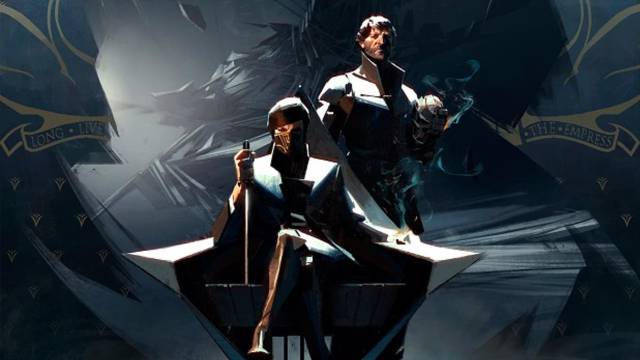
The figure of Emily Kaldwin, empress with a hard childhood due to the death of her mother before her, and the idea of being in a world of low chaos -the system that valued in the first Dishonored our affection to the world according to our decisions and actions – As a canon they were two new elements to start the game, although not the only ones. “We wanted the players to see all aspects of the game and to be able to try different combinations and styles of play for themselves; betting on replayability in the choice of character, that's why Corvo and Emily have different powers, both versatile, both fitting into a challenging level design for us because we had to make it useful for both types of powers, ”said Dinga Bakaba, lead game designer in an interview.
With something very important in the design in mind: that the character was not defining to have a more violent or stealth style, but that the choice alone could not determine the style of the player. Also, of course, playing without powers, an extra challenge. Karnaca, Corvo's birthplace, was developed thinking of a totally different place from the first part, which at the level of enemies implies that they act differently in a more carefree and happy world. The larger size and density of the scenarios provided more game options, with more missions and variety among them. Surely it did not have the impact or surprise of the first Dishonored, but it was consolidated as an essential work in this generation as well.
A year later, the next project from Arkane Studios would arrive, the rebirth of Prey, a brand that did not get in too good a place with the original game and which the Colantonio team wanted to give a new opportunity under the hallmarks that the founder He defended: “We make immersive simulators in the first person, we try to say yes to the player, understand what they do and offer consequences to their actions, that they seek their own style and their strategies to experiment with the world; in addition, that they travel in a cohesive world and that is memorable ”. Without a doubt, it is a way of defining the work done from the first title until today, to which Colantonio adds the tagline: “there are not as many studies that make these proposals because they are difficult to sell; Interesting artistically and for the hardcore gamer, but publishers look at numbers and know what it costs to sell them. ”
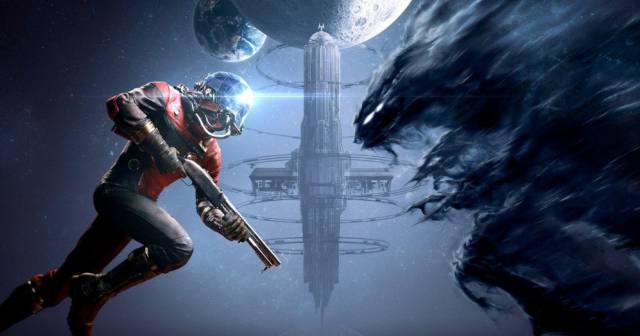
Prey wanted to reimagine the original work, with space, aliens, and the need to escape the station as key elements, inspired by movies like Moon or The Matrix and using a binomial already known in previous studio works such as the use of weapons by a side and powers on the other, with a presence of the concept of survival much more pronounced -and certain elements that it is impossible that they do not remind you of Half-life- to which it is necessary to add an important visual narrative, also a brand of the house . The intensity, the possibilities of play that were already seen in the Dishonored saga and a first-rate soundtrack completed a demanding game, with a high difficulty curve but above all, a brave bet in an excessively narrowed AAA world.
Subsequently, Arkane Studios has worked on the Death of the Outsider expansion for Dishonored, has collaborated on games such as Fallout 76 or Wolfenstein: Youngblood and is developing Deathloop, a game about which we still know little but which brings with it the identity of the company. . All without Colantonio, who in 2017 decided to leave the ship, after Prey, to take a breather and think of new and more personal projects away from the AAA concept and its cycle.
Sources:
- Documentary about Arkane Studios
- Dishonored 2 Interview
- Colantonio leaves Arkane Studios
- Prey interview
- Dishonored 2 Review
- Dishonored Reviews

